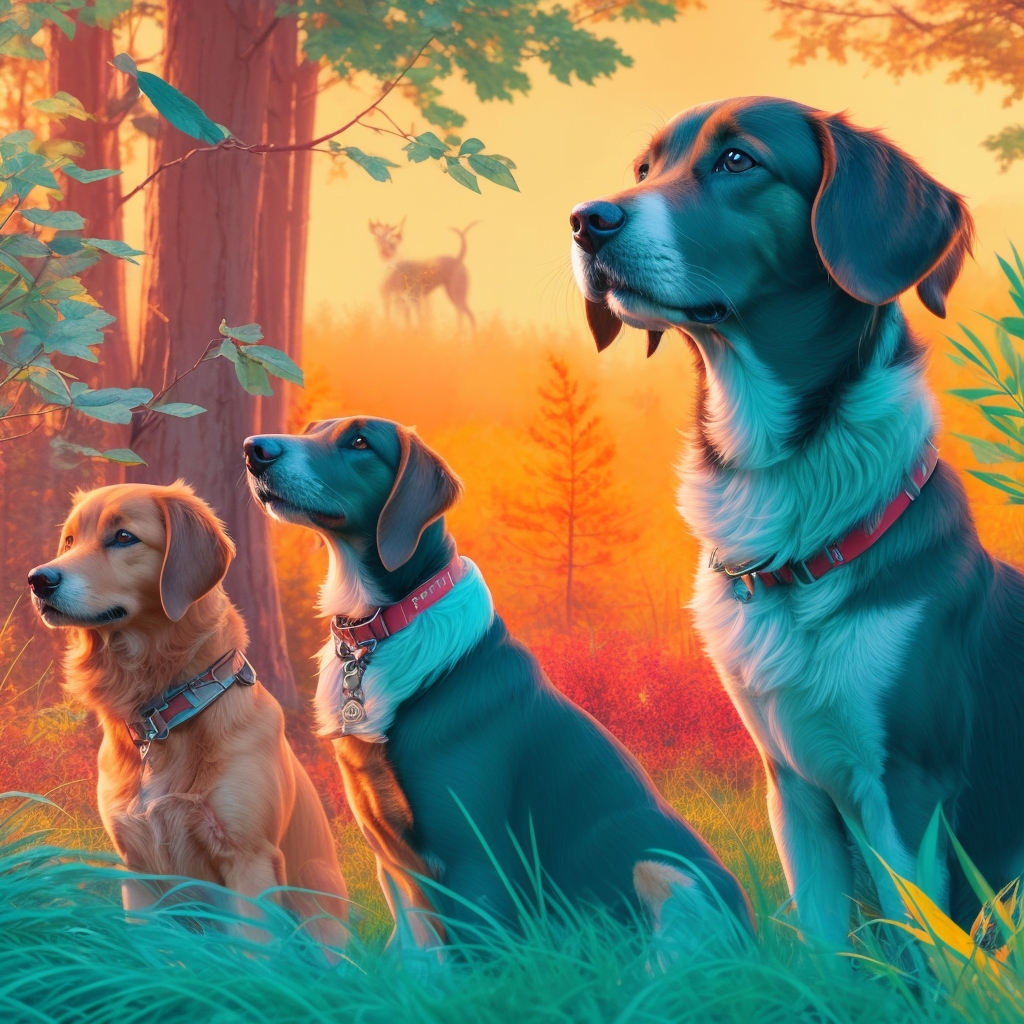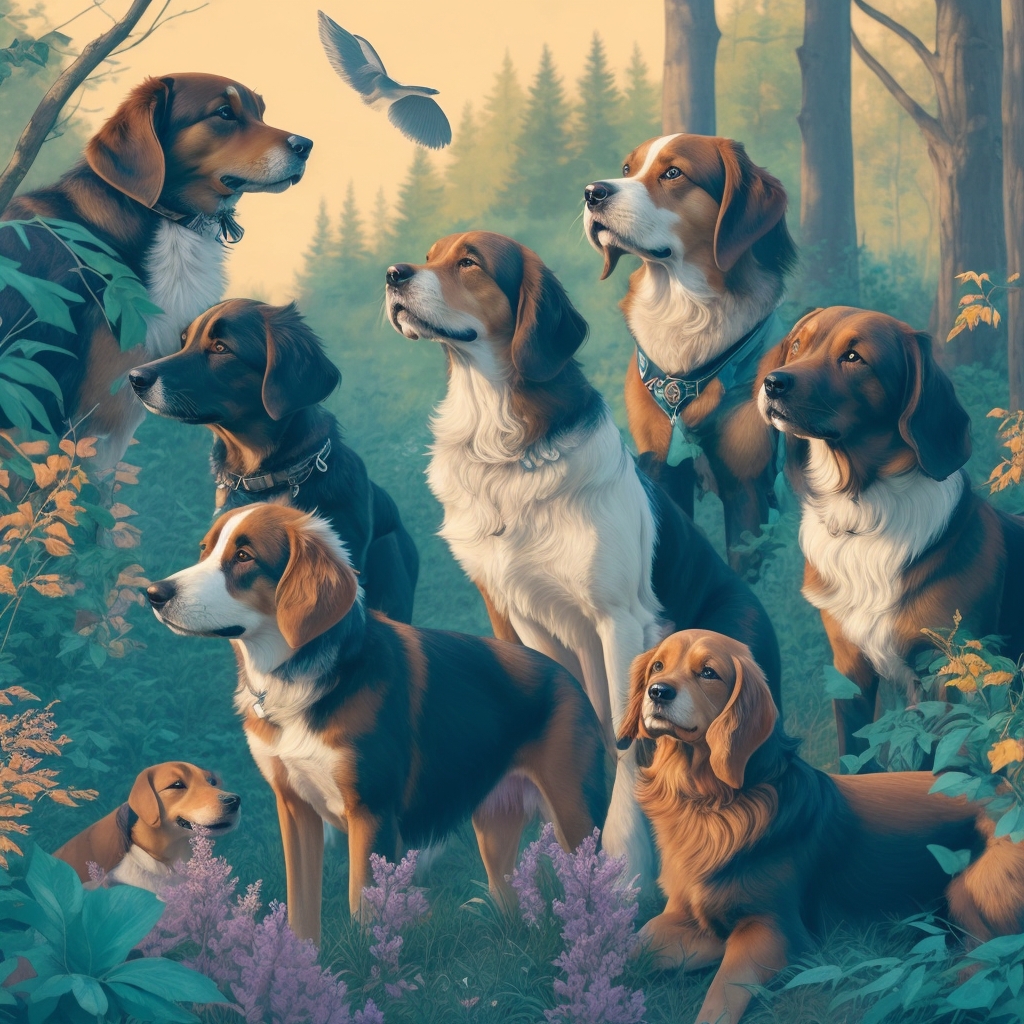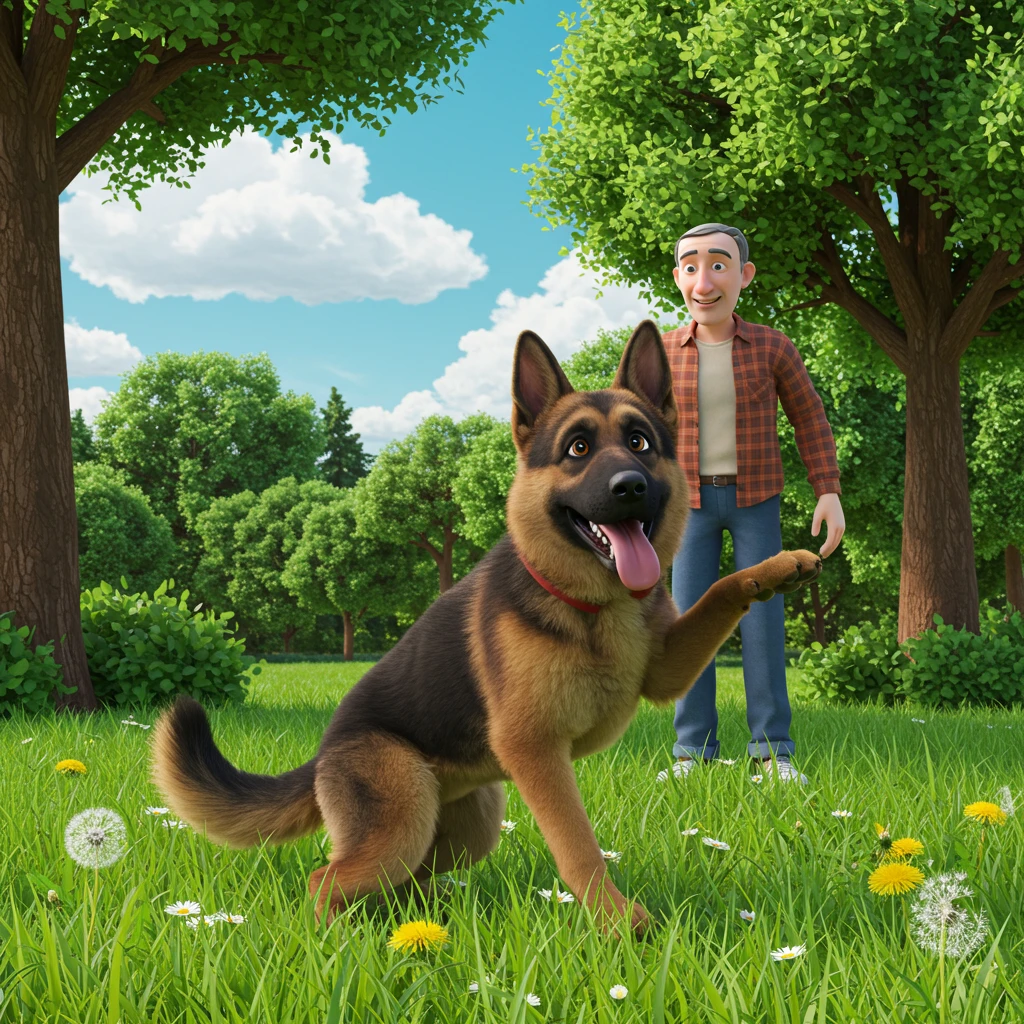Training hunting dogs is a specialized discipline that requires a deep understanding of canine behavior and appropriate training techniques. Hunting dogs, whether used for feathered or furred game, must possess specific skills and behavior adapted to their role. This article explores the most effective training techniques for hunting dogs, highlighting practical methods and concrete examples.
Importance of Training for Hunting Dogs
Training hunting dogs isn’t just about teaching basic commands. It’s about cultivating specific skills that will allow them to be effective in the field. Good training not only improves the dog’s performance but also strengthens the bond between the owner and the animal. Furthermore, a well-trained dog is safer in action and can better manage distractions and unforeseen situations.
Training Techniques
1. Positive Reinforcement
Positive reinforcement is one of the most effective training methods for hunting dogs. This technique involves rewarding the dog for desired behaviors, which encourages those behaviors to be repeated.
Examples:
- Recall training: When the dog returns to command, it receives a treat or verbal praise.
- Retrieval training: When the dog retrieves game, it is rewarded with a pet or a game.
2. Step-by-Step Training
Step-by-step training, or “shaping,” involves breaking down a complex behavior into several simple steps. This allows the dog to learn gradually.
Examples:
- Hunting a bird: Start by familiarizing the dog with feathers, then introduce a decoy, and finally move on to actual hunting.
- Learning to track: First, train the dog to follow a simple trail with markers, then increase complexity with varied elements.
3. Desensitization
Desensitization is essential to prepare the dog for various stimuli it will encounter in a natural environment. This can include unexpected noises, smells, or movements.
Examples:
- Gunshot noises: Introduce firearm sounds at a low volume and gradually increase the intensity while rewarding the dog for its calmness.
- Interactions with other animals: Expose the dog to other species while monitoring its reactions and rewarding it for calm behavior.
4. Socialization Training
Hunting dogs must be social, both with humans and other animals. Good socialization training helps prevent anxiety and aggression.
Examples:
- Meetings with other dogs: Organize play sessions with other dogs to develop social skills.
- Interactions with humans: Invite friends to interact with the dog in a controlled environment so it gets used to new people.
5. Obedience Training
A good level of obedience is crucial for a hunting dog. Basic commands like “sit,” “stay,” and “come” can make all the difference in the field.
Examples:
- “Stay” command: Practice this command in a calm environment and gradually increase distractions.
- “Heel” command: Use regular training sessions to ensure the dog follows the owner’s trail.
Key Points and Best Practices
- Consistency: Be consistent in your commands and rewards. This helps the dog understand what is expected.
- Patience: Training takes time. Be patient and avoid getting frustrated if the dog doesn’t respond immediately.
- Short sessions: Limit training sessions to 15-20 minutes to maintain the dog’s attention.
- Variety: Introduce different activities and environments to keep training stimulating and interesting.
- Early socialization: Expose the puppy to various situations, people, and animals from a young age so it becomes a well-adjusted adult.
Conclusion
Training hunting dogs is a rewarding task that requires a methodical approach and adapted techniques. By using positive reinforcement, step-by-step training, desensitization, socialization, and obedience methods, dog owners can develop competent and confident animals. By applying these techniques with patience and consistency, you ensure your hunting dog is not only high-performing but also happy and well-balanced. Remember that every dog is unique, and it’s essential to adapt your approach to its personality and specific needs to achieve the best results.







